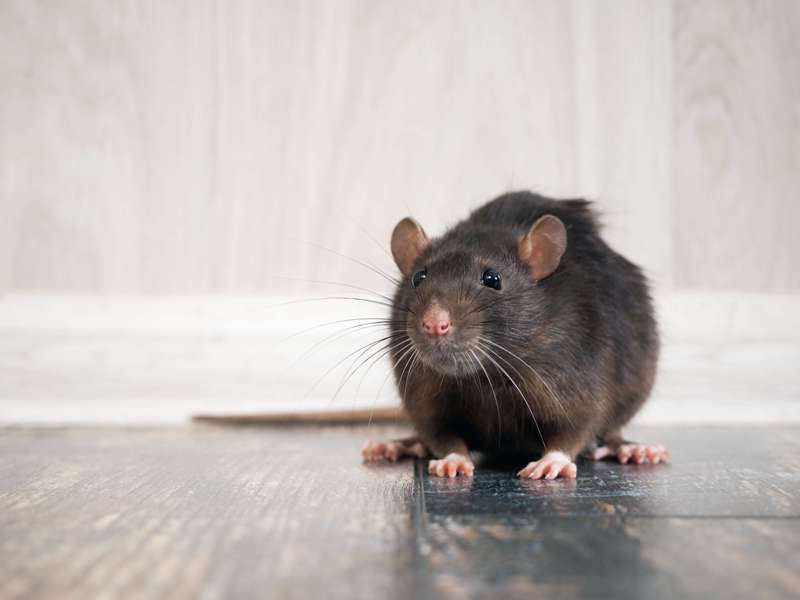When you have rodent infestation at home, be ready to deal with it with an iron hand because taking chances will make your life more miserable. Rodents like mice or rats are some of the most dreaded pests that invade homes, searching for shelter, food, and warmth. If allowed to persist, the problem will go out of your hand in no time, even before realizing that there is a problem. Sighting a mouse or rat at home is not a desired occurrence, but unfortunately, you cannot avoid it many times. Even if the creatures remain elusive, you could hear the sounds of their movements in the attic or basement, which should raise alarms about their existence. The moment you suspect that rodents are invading your home, call a rodent exterminator Grand Rapids that can effectively free your home from rodents.
Besides rodents, many other dangerous pests are problematic for homeowners. Bed bugs, though not as damaging as rodents can be harmful because it is a great sleep disruptor and it is hard to withstand its bite followed by itching. Allergic reaction to bug bites is a significant threat, and leaving it untreated will only increase your problems. Calling a bed bug exterminator can be the same company that offers rodent control services and can resolve your problem.
Since rodents pose a bigger threat than bed bugs, we will focus on rodent control measures in this article. For choosing the most effective rodent control measure, it is crucial to know the exact type of pest, whether it is a rat or mouse. These have different behavioral traits, characteristics, and habitats that influence pest control treatment.
The behavior of rats and mouse influence trap placement
The chances of sighting rodents moving around your home depend on whether it is a rat or mouse. Mice are curious and have a go at anything new. This hints at the way to place the trap right in its path as it entices the creature to tap at it to fulfill its curiosity. If you do not find any mouse caught in the trap within the first few days, it could be that you must place it in the correct position.
On the other hand, rats are cautious and would not try out anything new that comes across their path. Rats are comfortable in dealing with things they already know about. At first, place rat traps in the path of rats but without setting them so that the creature can get familiar with it. Later, you place the trap in the same place but duly set it so that rats can enter it without any suspicion.
Mice habitat and breeding
Although mice will feed on anything, it prefers grains and plants the most. It builds its home near a food source using any soft material or finely shredded papers, or similar materials like plastics. A female mouse can deliver 10 litters during a year, each comprising of 5-6 babies. These babies will soon start reproducing after 6 weeks and bears enough evidence about the high multiplying rate of mice. The lifespan of a mouse is 9-12 months.
Other facts about mice
Mice are nocturnal creatures and stay most active from dusk to dawn. As it does not like bright light, you will rarely view it during the day except when the nest is disturbed or needs food. It has a slender body that passes smoothly through holes and gaps as small as ¼ inch. Besides the ominous signs like droppings and gnawed items that tell about its presence, mice have a musky odor.
Mice are afraid of rats that prey on them. Therefore, most unlikely you will have both mice and rat infestation at home.
Rat habitats and breeding
Fresh grain and meat is the most preferred food of rats that will eat anything they can bite comfortably. Rats live on fluids or water that they need about ½ to 1 ounce each day. Rats dig along fences, under buildings, as well as under debris and plants. A female rat delivers about 6 litters of a maximum of 12 babies each during the year. The new breed starts reproduction within 3 months. Rats live for 12-18 months, and spring is its breeding time. Roof rats can have eight babies per litter but fewer litters.
Rats are slightly bigger than a mouse and can enter homes through holes and gaps of ½ inch. Being good swimmers, it lives in sewers and can enter your home through broken sewers and toilet drains. Rats are climbers and follow regular paths and routines every day. It keeps away from new objects placed in its path and travels up to 300 feet from its burrow or nest.
Although rats are nocturnal, it has poor eyesight buts strong sense of hearing, smell and taste. Roof rats are enemies to Norway rats that live on the lower floors of buildings.




















